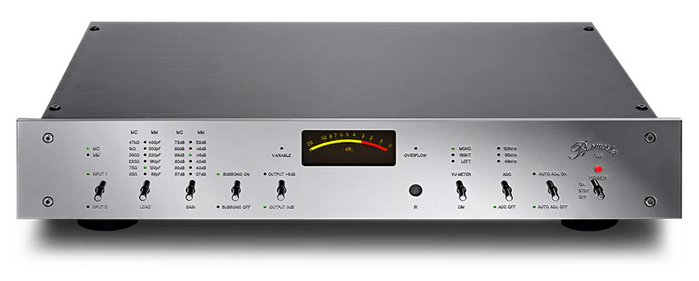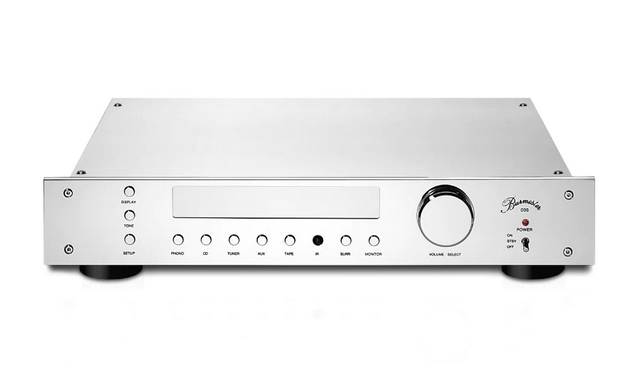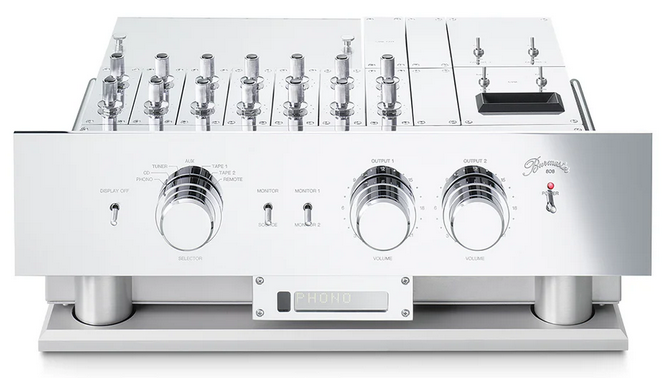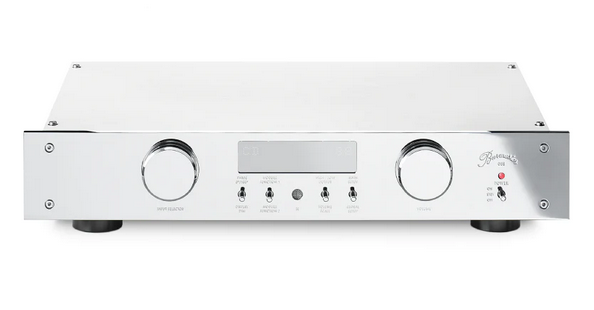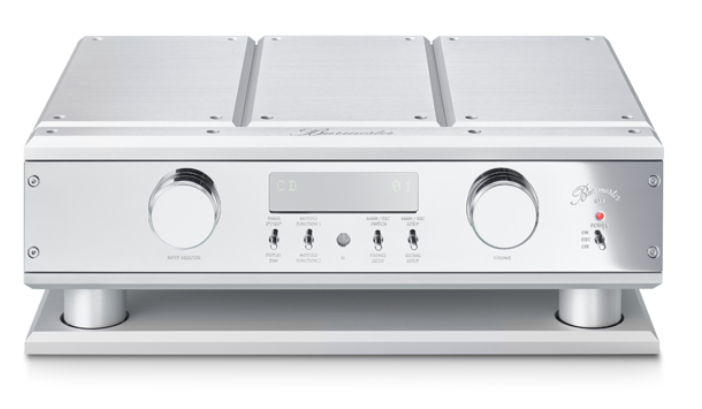Using a preamplifier can greatly enhance sound quality in several ways, especially when handling weak audio signals that need amplification to reach optimal levels for processing or listening. Here are some key benefits:
Signal Boost with Minimal Noise
Clean Amplification: A high-quality preamp amplifies weak audio signals (like those from a microphone or turntable) with precision, adding very little noise. Without a preamp, trying to amplify such a signal directly with a power amp would introduce excessive noise and distortion.
Noise Isolation: Good preamps are designed to maintain the purity of the input signal and can isolate it from interference, preserving sound quality.
Improved Detail and Clarity
Enhanced Sound Definition: Preamps often bring out more subtle details in the audio signal, enhancing clarity, presence, and texture, especially for instruments and vocals.
Dynamic Range: Preamps can improve the dynamic range, helping the sound to feel fuller and more expressive by accurately handling both soft and loud passages.
Impedance Matching
Better Signal Transfer: Different audio sources have different impedance levels, and a preamp acts as a bridge to match the source impedance to the amplifier, optimizing signal transfer.
Improved Frequency Response: By properly matching impedance, preamps help maintain a balanced frequency response across lows, mids, and highs, which can prevent distortion and frequency imbalances.
Enhanced Sound Customization
Tone Shaping: Some preamps provide EQ controls or other tonal adjustments, allowing for precise customization of the sound character. For example, tube preamps can add warmth, while solid-state preamps may have a more neutral, transparent sound.
Specialty Equalization: Phono preamps, for instance, apply the RIAA equalization curve, which is essential for accurate vinyl playback by correcting for the natural bass and treble imbalances introduced during vinyl mastering.
Volume Control Precision
Fine-Tuned Volume Adjustments: Preamps often have precise volume controls that allow users to set levels with greater accuracy, maintaining sound integrity at lower volumes without losing detail.
Balanced Output for Stereo Imaging: Preamps can ensure that both left and right channels are balanced correctly, enhancing stereo imaging and spatial definition.
Compatibility with High-Quality Audio Systems
Better Source Selection and Switching: With multiple inputs and outputs, preamps let users switch between high-quality sources (e.g., CD players, turntables) without compromising sound integrity.
Lower Distortion: Good preamps avoid adding harmonic distortion, preserving the purity of the sound and ensuring that downstream devices receive a clean, accurate signal.
In essence, a preamplifier ensures that an audio system receives a high-quality, balanced signal that maintains the original character and detail of the sound. This careful signal preparation improves the overall listening experience, allowing speakers or headphones to deliver the audio with maximum clarity, depth, and richness.
Available Throughout The Middle East
We supply the highest quality hifi and audio systems for home use from our base in Habtoor City, Dubai. If you are based in the UAE, or the wider Middle East – such as Saudi Arabia, Qatar, Oman, Kuwait and Bahrain – please contact us so that we can demonstrate to you what audio can really look and sound like!


